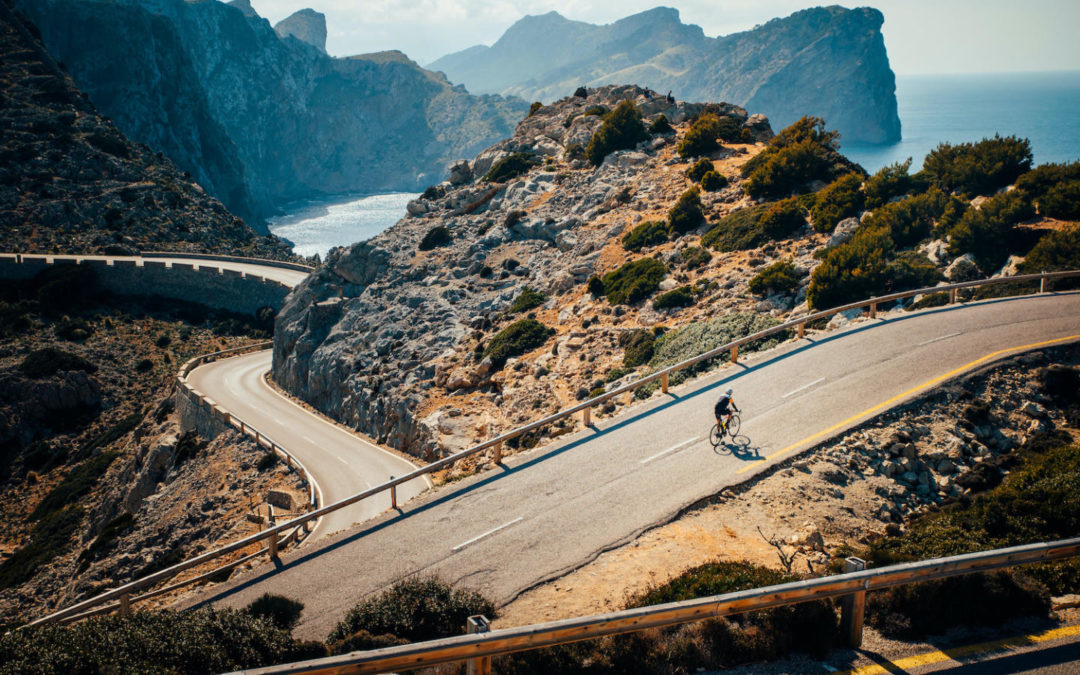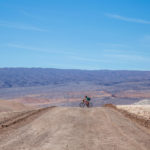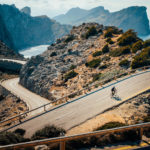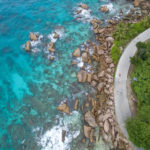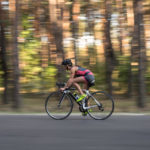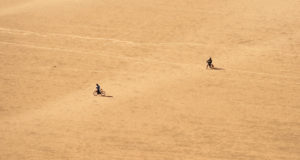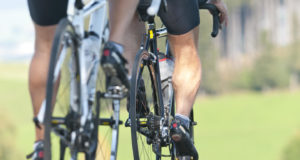What was the longest bike ride that you did in one piece? For most hobby cyclists, extremely long bike rides are likely not a common occurence. But rides that are over 200km long are also as rather rare for triathletes and ambitious cyclists. How can you prepare for such a feat? We are going to tell you in this post!
What happens to your body during a long bike ride?
To be able to make it through a long bike ride, it’s necessary that your body provides energy using an aerobic energy metabolism. Using oxygen, carbohydrates and fats are dismantled this way to produce energy. This works well under low strain training conditions such as long bike rides. Of course your body also produces a lot of sweat on a long ride. Because your body works harder to produce energy, your body temperature is regulated by sweating. Furthermore, your muscles grow tired which decreases your performance (which has a bigger impact on less trained cyclists).
The right diet
The best way to prevent performance drops on long rides is to stick to the right diet. About 1500-2000 kcal are stored in your muscles and liver, which should suffice for a 2-3 hour long training at middle strain. However, this is only the case if the body’s stores were well-filled before heading out. Furthermore, it’s essential to manage the loss of fluids during the workout instead of only filling them up after you finish your ride. This is best achieved by drinking isotonic drinks that contain lots of electrolytes which balance out the loss of minerals. Prepare your body with a carbohydrate and protein-heavy diet on the day before your ride. Proteins also promote muscle regeneration after your tour.
Tip: Create a dietary plan and make sure to bring lots of energy bars and gels. Start eating before you get hungry, e.g. eat half a bar after every 20km on the first 100km, followed by the easily-digestible gel after every 20km on the second 100km.
Cycle without pain thanks to the correct sitting position
When you’re looking at the sitting position of professional cyclists and long-distance triathlons, their aerodynamic position on the bike sticks out. A low and bent-over position reduces air-resistance which pays off on long rides, however, this position requires well-trained muscles which most hobby cyclists don’t have, hence this postition equals pain (usually in the back) for hobby bikers. If you’re out on a long bike ride, you should pay attention to the following details on your bike:
- Saddle height: Adjust the height until your pelvis doesn’t slip sideways while pedaling. Your knee should be close to, but not completely stretched out when your heel touches the pedal in the lower crank position.
- Height of the handlebars: If the distance between the height of the handlebars and the saddle is too big, a lot of pressure rests on your arms, moreover, the muscles in your neck are strained. If the handlebars are too high, the opposite is the case – your whole body weight rests on your butt. It’s a good sign if saddle and handlebars are at the same height, guaranteeing that a long ride will also be a comfortable ride.
- Saddle incline: A horizontal saddle position is ideal to avoid slipping from the saddle and wasting your strength.
- Saddle offset: It is recommended to move your saddle forward until the tip of your knee is perpendicular to the centre of the front pedal axis.
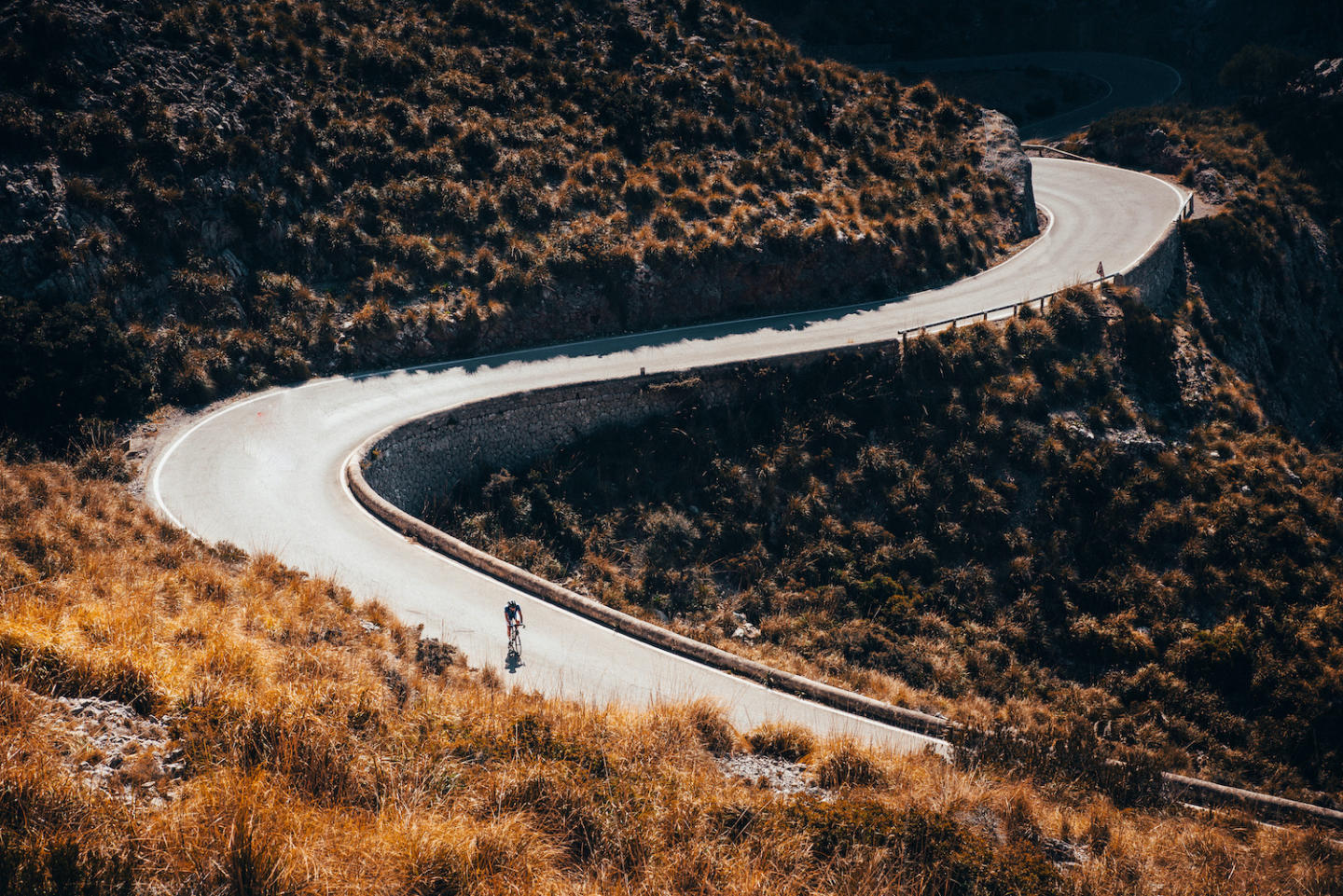
Mental strength for 200 kilometres
There’s a saying that goes: “Better psyche – better performance”. This is not completely true. Your head cannot compensate for everything that your legs don’t already bring to the table. However, you can overcome moments of weakness or insecurity with the right attitude. Several hours on a bike can heavily influence your mental and emotional strength. Ein Sprichwort sagt: „Bessere Psyche – bessere Leistung“. Das stimmt nur bedingt. Denn was du nicht in den Beinen hast, kannst du nicht im Kopf wegmachen. Du kannst aber Momente der Unsicherheit oder Schwäche mit der richtigen Einstellung im Kopf überwinden und dich aus einem Tief ziehen. Mehrere Stunden am Rad können sehr an den mentalen und emotionalen Kräften zehren.
🚲 Always think positively and create positive images in your head.
🚲 Enjoy the ride and your surroundings. You’re not under pressure.
🚲 When you’ve cycled the first 100km, praise yourself – you’ve already reached half of your goal! Don’t think about having to do 100 more kilometres.
🚲 Pick interim destinations along the way and reward yourself with breaks at spots that are well-worth seeing.
🚲 Manage your strength and don’t push too hard at the start, you can always give it all when you’re close to finishing your ride.
Last but not least – breakdown protection
Several hours on a bike are a long time, making unforeseeable problems a real possibility. There are several resources you can bring with you to avoid unpleasant situations.
- Spare tube and pump: The safest, but also heaviest option.
- Puncture repair spray: Special foam is pumped into the tire and refills the hole. Very light, but only usable if the hole in the tire isn’t too big.
- Phone and money: In case of an emergency, you can call a taxi or take a train back home. Always bring a phone and a bit of money with you on longer rides to be able to call for help if needed.
How did you do on your first long ride? 🚴🏻
Let us know in the comments!
- The Top 5 Cycling Destinations in 2020 - January 14, 2020
- Your First Long Bike Ride – 200km and More - January 11, 2020
- 4.5M – The World’s Largest Cycling Route Collection - November 21, 2019
Author Profile
- Hannah ist begeisterte City-Bikerin und Geographiestudentin. Sie genießt es, bei der Recherche von neuen Radregionen und Themen für den Blog immer wieder etwas Neues zu lernen.

